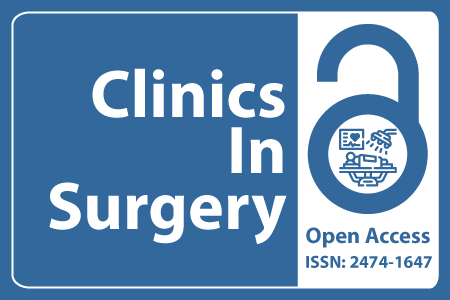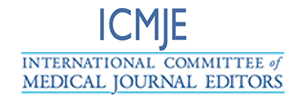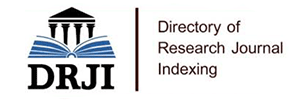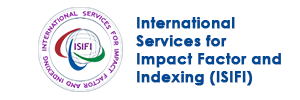
Journal Basic Info
- Impact Factor: 1.995**
- H-Index: 8
- ISSN: 2474-1647
- DOI: 10.25107/2474-1647
Major Scope
- Otolaryngology - Head and Neck Surgery
- Surgical Oncology
- General Surgery
- Gastroenterological Surgery
- Emergency Surgery
- Ophthalmic Surgery
- Vascular Surgery
- Gynecological Surgery
Abstract
Citation: Clin Surg. 2019;4(1):2398.Research Article | Open Access
Preoperative Factors Involved in Dislocation of Mobile Bearing after Oxford Medial Unicompartmental Knee Arthroplasty
Dong Won Suh, Woo Jin Yeo, Seung Beom Han, Kuhoang Cheong and Bong Soo Kyung
Joint Center, Barunsesang Hospital, Seongnam-si, Gyeonggi-do, Korea
Department of Orthopedic Surgery, Korea University Anam Hospital, Korea University College of Medicine, Seoul, Korea
*Correspondance to: Bong Soo Kyung
PDF Full Text DOI: 10.25107/2474-1647.2398
Abstract
Objective: Mobile bearing dislocation following Oxford Unicompartmental Knee Arthroplasty (UKA) is one of the most common causes of revision surgery. However, there have been no studies on the predisposing factors for this complication. Hence, in this study, we evaluated the preoperative risk factors for mobile bearing dislocation.
Methods: A total of 478 knees underwent Oxford UKA from 2010 to 2016 in our institution. Among these, 20 knees had mobile bearing dislocation, but only 19 knees were included in this study as there was no pre-operative MR data for one knee. By matching sex and age, thirty-eight knees were selected for the control group, which did not have dislocation. Demographic data, preoperative risk factors including meniscal extrusion, and radiological calculations were evaluated. Using multivariate logistic regression analysis and a receiver operating characteristic curve, we determined significant risk factors.
Results: Mean Medial Meniscus (MM) extrusion was 4.6 mm in the dislocation group and 3.5 mm in the control group. Regression analysis showed that only MM extrusion was a significant factors in bearing dislocation (odds ratio, 1.592; 95% confidence interval, 1.067 to 2.375) the cut-off value was 3.16 mm.
Conclusion: Pre-operative medial meniscal extrusion is a significant risk factor in mobile bearing dislocation after Oxford UKA.
Keywords
Medial compartment osteoarthritis; Unicompartmental knee arthroplasty; Mobile bearing, Bearing dislocation; Meniscus extrusion
Cite the article
Suh DW, Yeo WJ, Han SB, Cheong K, Kyung BS. Preoperative Factors Involved in Dislocation of Mobile Bearing after Oxford Medial Unicompartmental Knee Arthroplasty. Clin Surg. 2019; 4: 2398.













